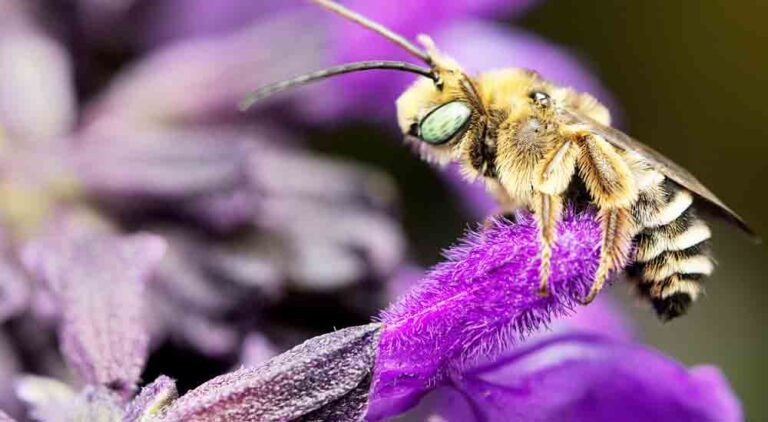FLORIDA — Native plants outperform non-native species in growth and floral abundance, particularly under varying irrigation conditions, according to new research from the University of Florida.
The study, conducted at the UF/IFAS North Florida Research and Education Center in Quincy and the Plant Science Research and Education Unit in Citra, found that native plants attracted more pollinators, including bees, and adapted better to local environmental conditions.
This translated to lower water usage and reduced maintenance costs, making native plants more sustainable for landscapes.
Researchers selected 20 plants for the study—10 native and 10 non-native—based on their value to pollinators, bloom times, and diversity in flower colors and shapes. These factors were important for attracting various pollinators. Scientists tested the plants under different irrigation levels to evaluate their growth performance.
“Native plants showed resilience and water efficiency, which is critical in areas with water restrictions or droughts,” said Joanna Silva, a doctoral student who conducted the research under the supervision of assistant professor Rachel Mallinger.
“This helps conserve water while also supporting pollinator populations, which is essential in addressing global pollinator decline.”
While full irrigation improved plant survival during the first year, native plants outperformed non-native ones in both size and flower density across water levels. Silva said the findings are significant for landscapers, gardeners, and nurseries that aim to create sustainable landscapes that require less water and maintenance.
Silva added that many commercially available plant mixes contain both native and non-native plants. Non-native plants often require more upkeep and may not provide sufficient resources, such as nectar and pollen, for pollinators.
By opting for native or Florida-friendly plants, landscapers can create sustainable landscapes that conserve water and support local wildlife.
The research, funded by the USDA-NIFA, supports the growing movement to encourage native plant use, benefiting pollinator populations and water conservation efforts.







